1. Introduction
1.1. How to use this tutorial
1.2. HLA is about Interoperability and Reuse
1.3. Who uses HLA
1.4. HLA is a standard
2. The Architecture and Topology of HLA
2.1. Topologies for Integrating Systems
2.2. HLA Terminology
2.3. The Federation Agreement and the Federation Object Model
2.4. Content of a FOM
3. HLA Services
3.1. HLA Services
3.2. Information Services
3.3. Synchronization Services
3.4. Coordination Services
3.5. Service grouping in the HLA standard
3.6. About the Standards documents
4. Connecting to a Federation
4.1. Getting Connected
4.2. An Overview of the Example Application
4.3. Practical Exercise
4.4. An HLA Module for Your Simulation
4.5. The Central and Local RTI components
4.6. Connecting and Joining
4.7. A look at the RTI
4.8. Resigning and Disconnecting
4.9. Calls and Callbacks
4.10. HLA Service: Connect
4.11. HLA Service: Create Federation Execution
4.12. HLA Service: Join Federation Execution
4.13. HLA Service: Resign Federation Execution
4.14. HLA Service: Destroy Federation Execution
4.15. HLA Service: Disconnect
4.16. Additional comments
4.17. Practical Exercise
5. Interactions – Creating the FOM
5.1. Overview
5.2. A First Look at the FOM
5.3. The Identification table
5.4. Interactions with parameters
5.5. A simple data type
5.6. More about FOMs
5.7. Practical Exercise
6. Interactions – Calls for Sending and Receiving
6.1. Initial preparations for Interactions
6.2. Encoding and Decoding Helpers
6.3. HLA Service: Get Interaction Class Handle
6.4. HLA Service: Get Parameter Handle
6.5. HLA Service: Publish Interaction Class
6.6. HLA Service: Subscribe Interaction Class
6.7. A look at the RTI
6.8. Code for Sending Interactions
6.9. HLA Service: Send Interaction
6.10. Receiving Interactions
6.11. HLA Service: Receive Interaction (callback)
6.12. Additional Comments
6.13. Practical Exercise
7. Objects – Creating the FOM
7.1. The Car Object Class
7.2. A closer look at the Name attribute
7.3. A closer look at the FuelType attribute
7.4. A closer look at the Position attribute
7.5. Practical Exercise
8. Objects – Calls for Registering and Discovering
8.1. Object Registration Overview
8.2. Initial preparations for Registering and Discovering Objects
8.3. HLA Service: Get Object Class Handle
8.4. HLA Service: Get Attribute Handle
8.5. HLA Service: Publish Object Class Attributes
8.6. HLA Service: Subscribe Object Class Attributes
8.7. A look at the RTI
8.8. Code for Registration of an Object Instance
8.9. HLA Service: Register Object Instance
8.10. A look at the RTI
8.11. How to discover object instances
8.12. HLA Service: Discover Object Instance (callback)
8.13. More about object registration
8.14. Practical Exercise
9. Objects - Calls for Updating and Reflecting Attribute Values
9.1. When to Update
9.2. Initial preparations
9.3. Sending Attribute Updates
9.4. HLA Service: Update Attribute Values
9.5. Responding to Provide
9.6. HLA Service: Provide Attribute Value Update (callback)
9.7. Reflecting Attribute Values (callback)
9.8. HLA Service: Reflect Attribute Values (callback)
9.9. Practical Exercise
10. Testing and Debugging Federates and Federations
10.1. What should you test?
10.2. Look at the RTI
10.3. Inspecting Data with a Data Logger
10.4. Tracing RTI Calls
10.5. Test with proven federates
10.6. Test with proven data
10.7. Get your federate certified
10.8. Test and understand the federate performance
11. Object Oriented HLA
11.1. What is Object Oriented HLA
11.2. Types of OO-HLA implementations
11.3. Using OO-HLA in the Fuel Economy Federation
11.4. Sample OO-HLA program code
12. Summary and Road Ahead
12.1. About the Fuel Economy Federation – interoperability and reuse
12.2. DSEEP - a process for developing federations
12.3. More HLA Features: Ownership, Time Management and DDM
12.4. Have Fun!
Purpose, audience
Revision history
Abbreviations, definitions
References
Related documents
Conceptual domain model
Federation and participating federates
FOM
Overview of information flow, DDM usage (optionally)
Relation to other systems
Standards, hardware, software and networks
Principles for sending interactions
Principles for updating attributes and ownership
Technical representation of data
Time management and time
Information about Car objects
Management interactions
Start-up and shutdown
The scenario management is required to take place before the execution management. The Master federate sends a LoadScenario interaction. Each federate responds, indicating whether the scenario was successfully loaded or not. The operator of the Master...
Scenario management
Execution management (starting and stopping)
Save/restore
Error handling
Logging
Analysis
12.5. Publish Subscribe Matrix
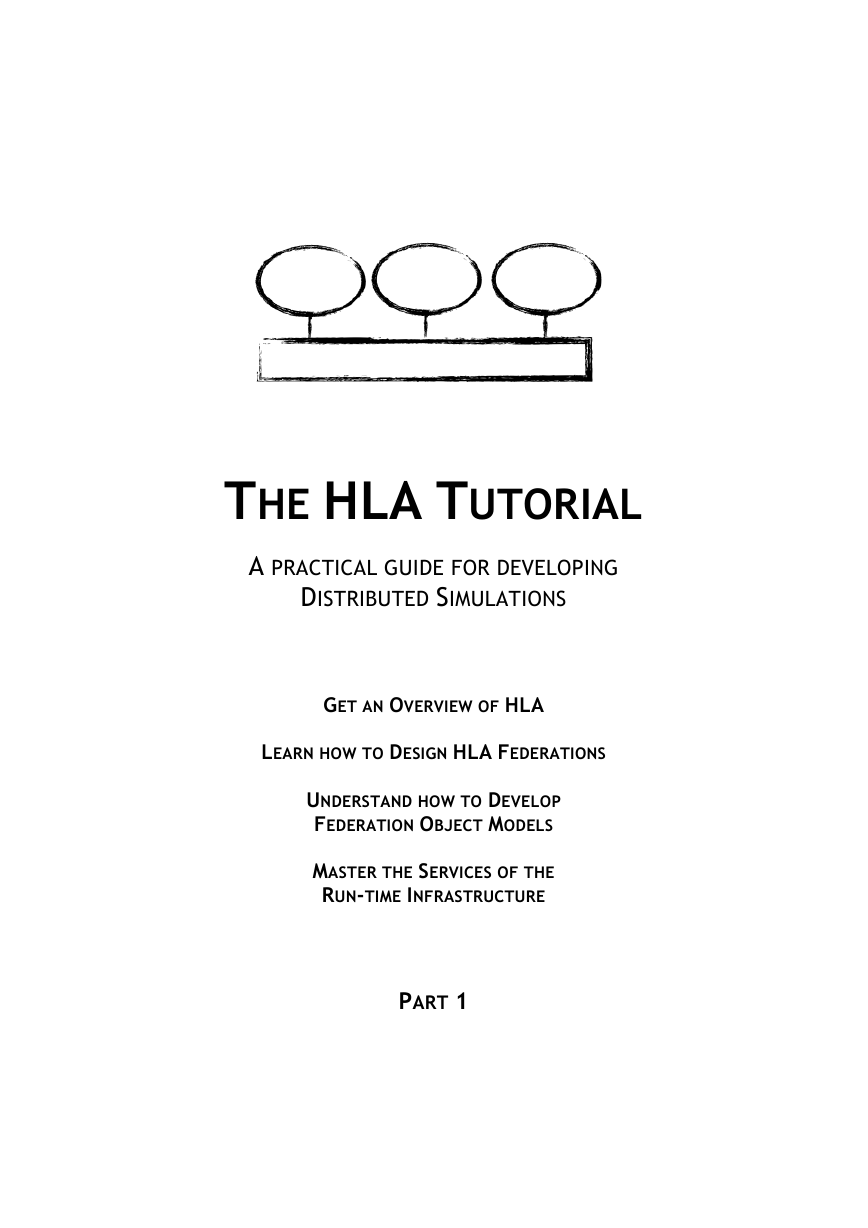
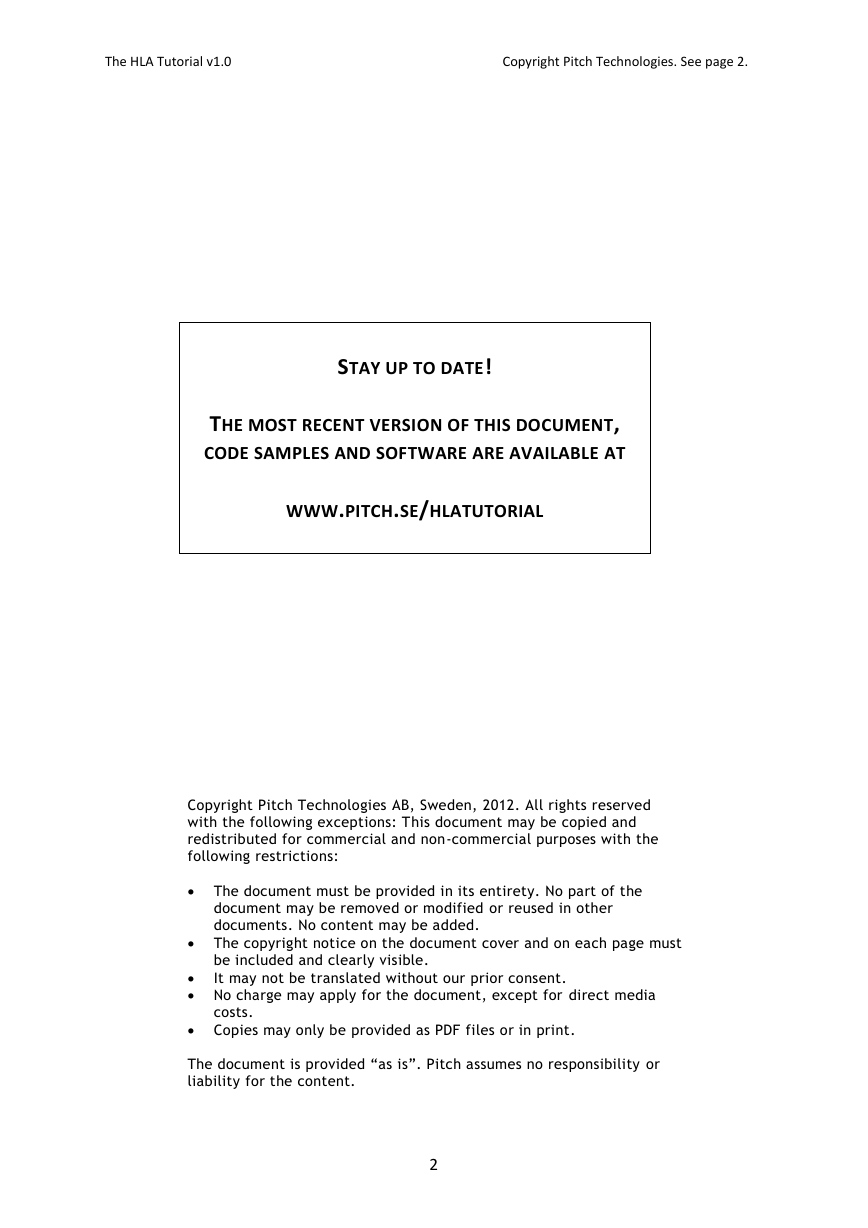
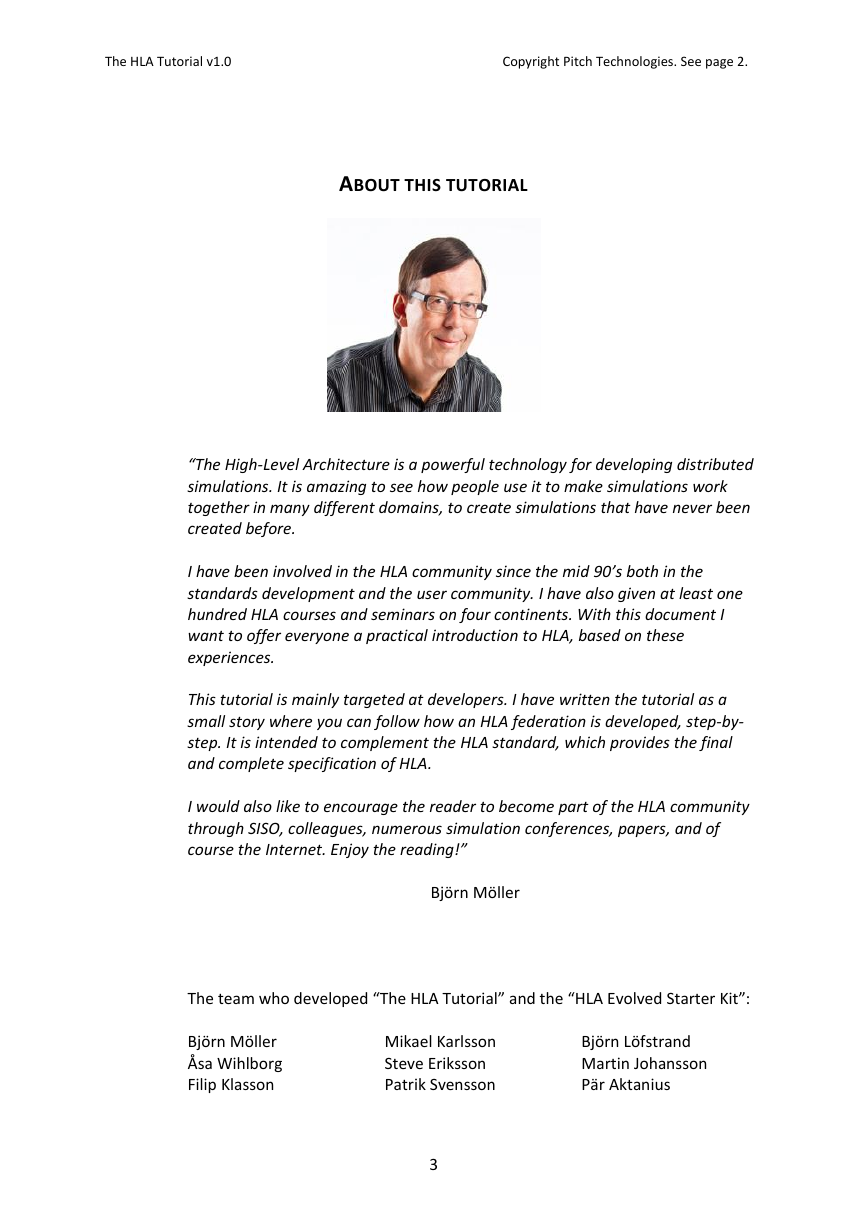
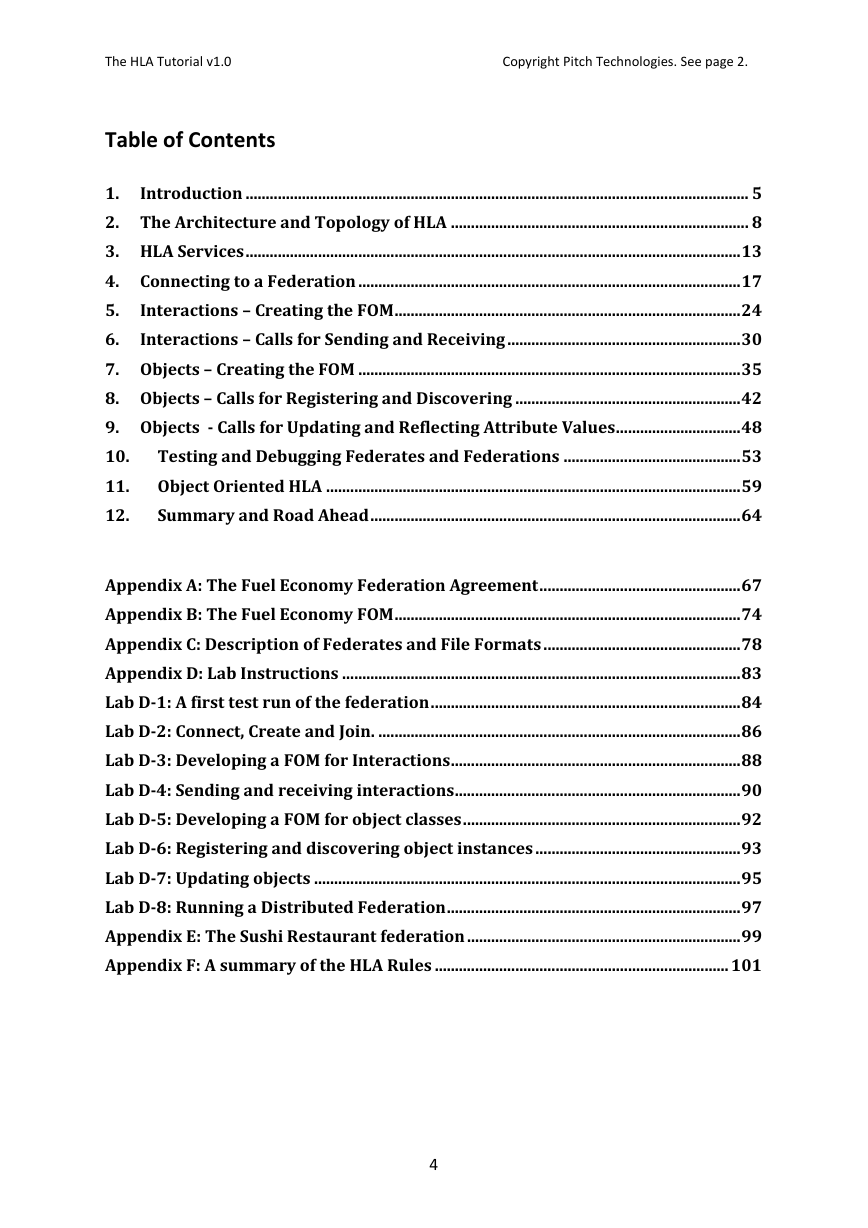
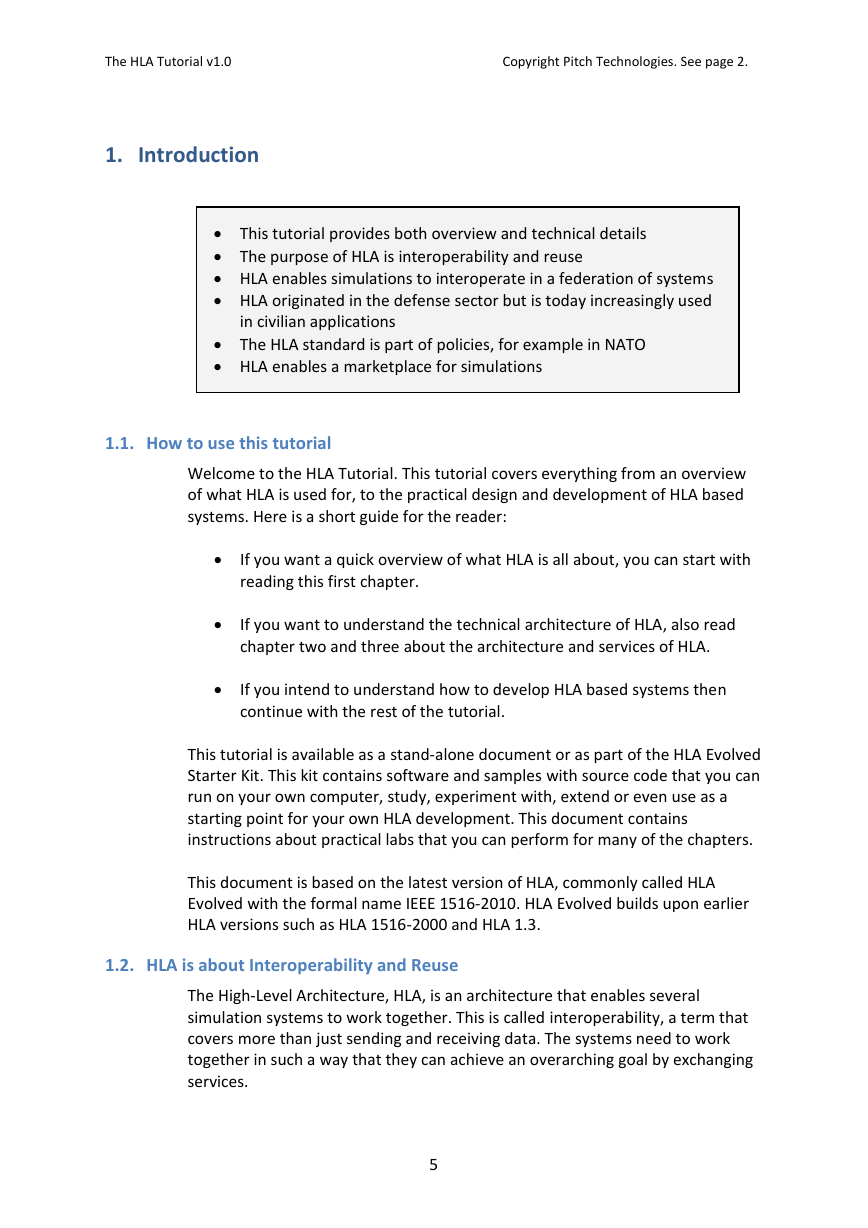
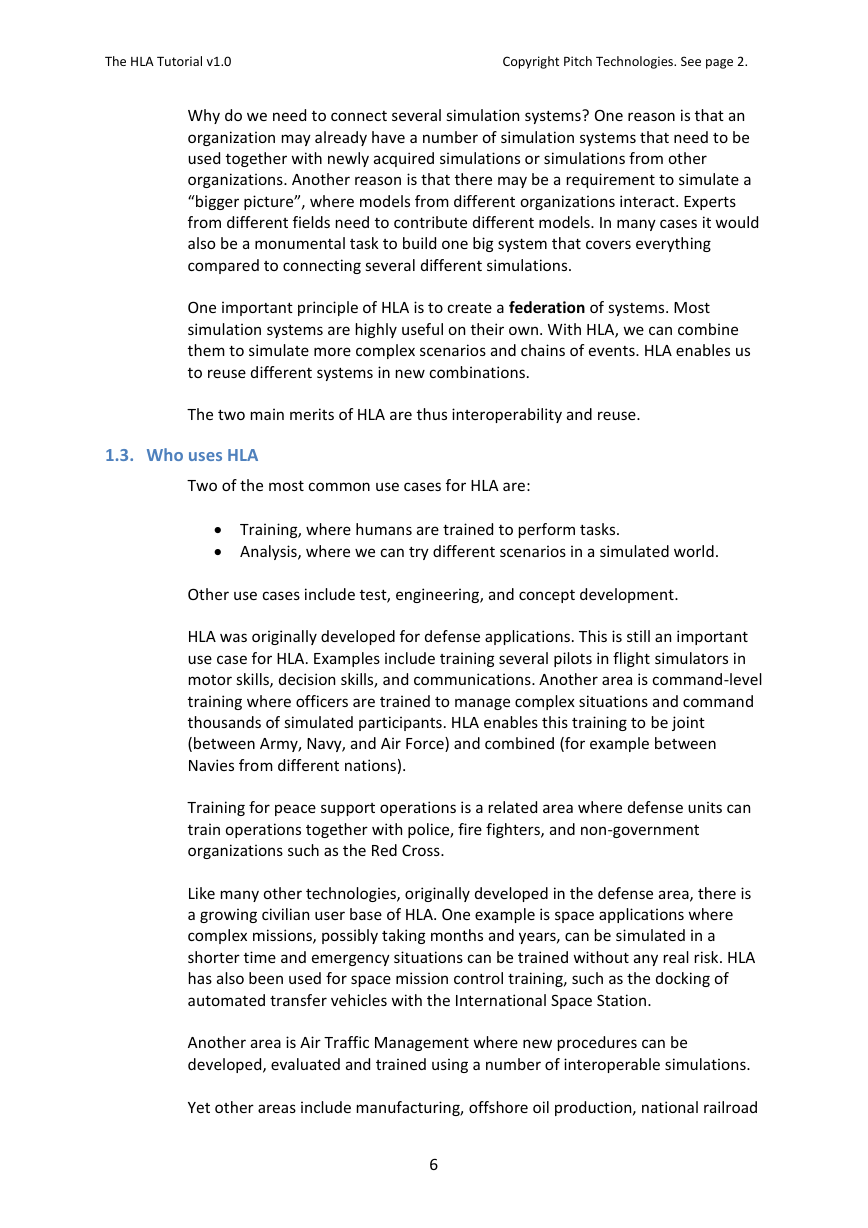
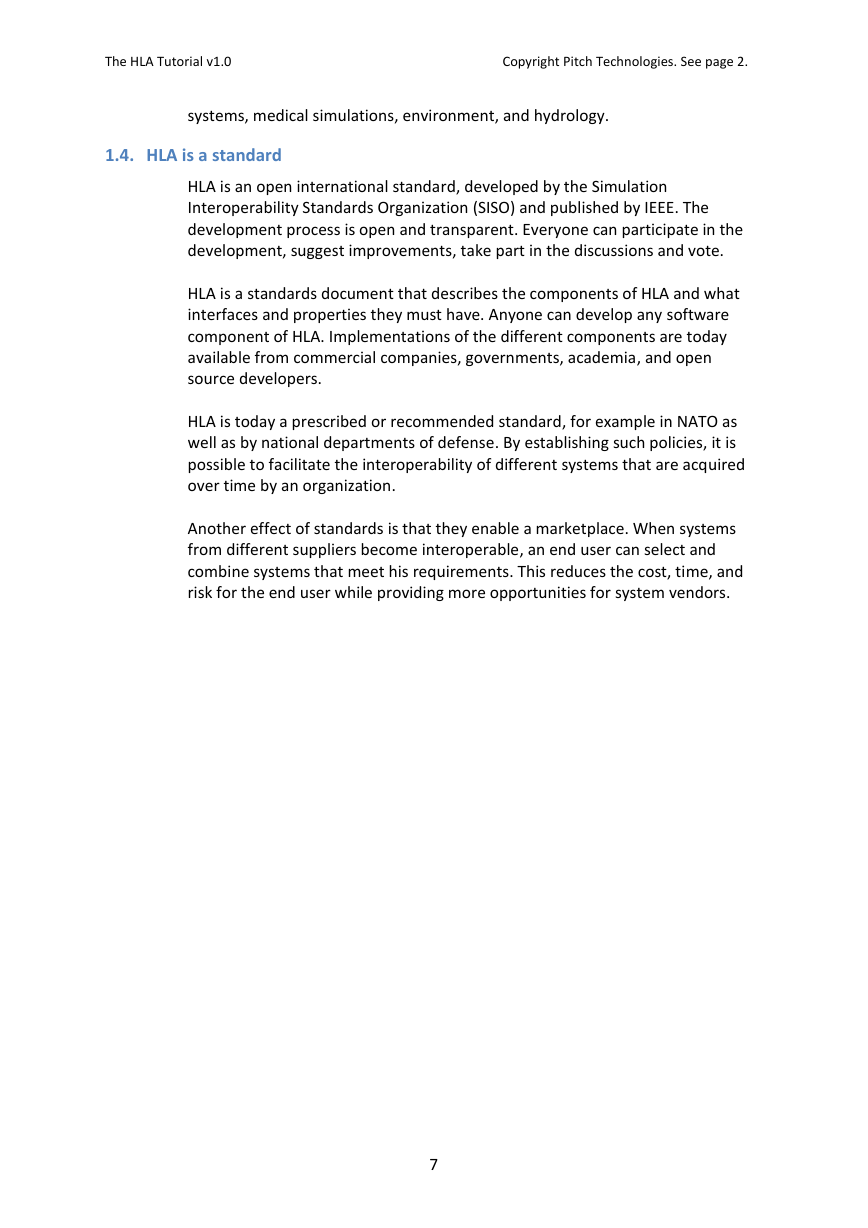
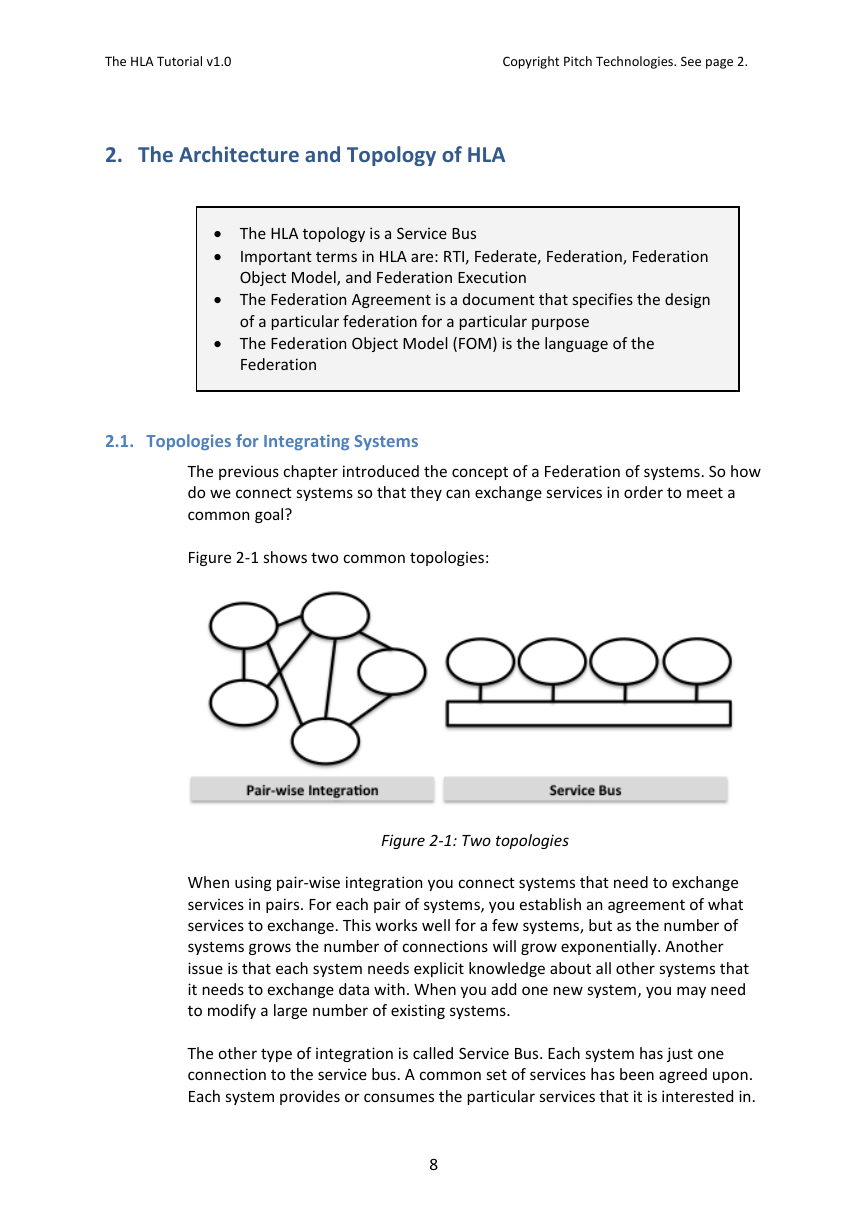








 2023年江西萍乡中考道德与法治真题及答案.doc
2023年江西萍乡中考道德与法治真题及答案.doc 2012年重庆南川中考生物真题及答案.doc
2012年重庆南川中考生物真题及答案.doc 2013年江西师范大学地理学综合及文艺理论基础考研真题.doc
2013年江西师范大学地理学综合及文艺理论基础考研真题.doc 2020年四川甘孜小升初语文真题及答案I卷.doc
2020年四川甘孜小升初语文真题及答案I卷.doc 2020年注册岩土工程师专业基础考试真题及答案.doc
2020年注册岩土工程师专业基础考试真题及答案.doc 2023-2024学年福建省厦门市九年级上学期数学月考试题及答案.doc
2023-2024学年福建省厦门市九年级上学期数学月考试题及答案.doc 2021-2022学年辽宁省沈阳市大东区九年级上学期语文期末试题及答案.doc
2021-2022学年辽宁省沈阳市大东区九年级上学期语文期末试题及答案.doc 2022-2023学年北京东城区初三第一学期物理期末试卷及答案.doc
2022-2023学年北京东城区初三第一学期物理期末试卷及答案.doc 2018上半年江西教师资格初中地理学科知识与教学能力真题及答案.doc
2018上半年江西教师资格初中地理学科知识与教学能力真题及答案.doc 2012年河北国家公务员申论考试真题及答案-省级.doc
2012年河北国家公务员申论考试真题及答案-省级.doc 2020-2021学年江苏省扬州市江都区邵樊片九年级上学期数学第一次质量检测试题及答案.doc
2020-2021学年江苏省扬州市江都区邵樊片九年级上学期数学第一次质量检测试题及答案.doc 2022下半年黑龙江教师资格证中学综合素质真题及答案.doc
2022下半年黑龙江教师资格证中学综合素质真题及答案.doc